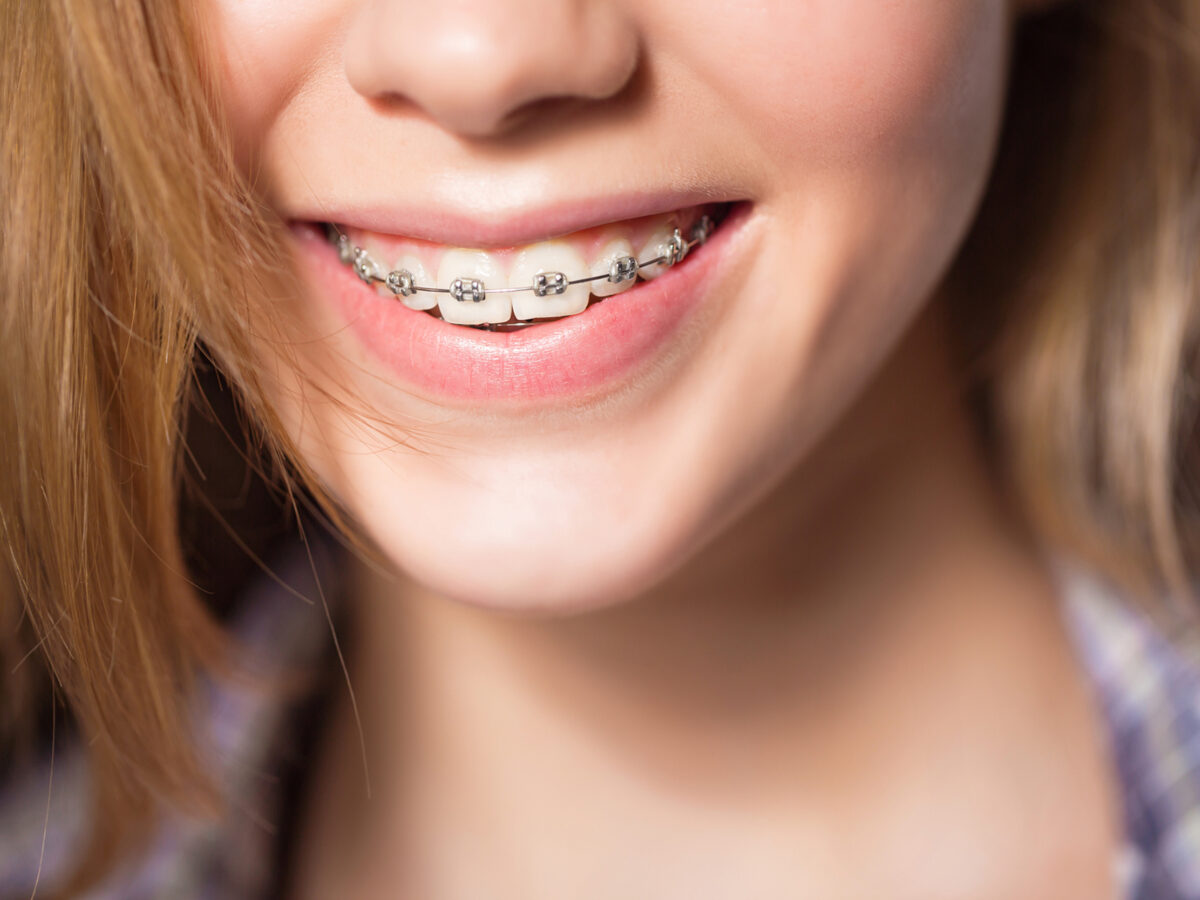Blog
Dental hygiene tips for healthy teeth & gums

What is the best age for braces?
Did you notice that your child’s front teeth seem crowded? Do you worry about your preschooler’s thumb-sucking habit? Is your child’s underbite a cause for concern? Getting orthodontic treatment improves not just teeth but also self-esteem and confidence. The age of a child does not completely determine when they should get braces. However, there are specific guidelines that are generally followed in most cases.
Getting braces to work best requires a child to have most of their permanent teeth. The majority of orthodontists recommend braces for children between 10 and 14 years of age. It is ideal for getting braces at a young age so that braces can shift teeth and adjust the bite. A child at this age will generally have all of his or her permanent teeth, which is a factor that affects when the time is right for braces.
Another major factor is the condition of the jawbone. A child at this age does not yet have a fully developed jawbone. It is still forming and growing. Moreover, a child with a growing jawbone is a good candidate for braces. Having an underdeveloped jawbone allows teeth to shift more easily and enables braces to correct most types of bite issues.
Furthermore, it is vital to note that most orthodontists believe that a child’s first orthodontic evaluation should be scheduled around the age of seven. Therefore, even though your child won’t likely need braces until he or she is ten to fourteen, it is a smart idea to get an initial evaluation by the age of seven.
Beginning this process early will help you understand the challenges your child might face with braces and the time frame to consider. Additionally, braces are not limited to a single type. There are several options, including traditional braces and Invisalign. Both options are fantastic, but one might work better than the other for your child.
Schedule your appointment with a dentist today and get the treatment on time!


